Posted on 12/18/2024
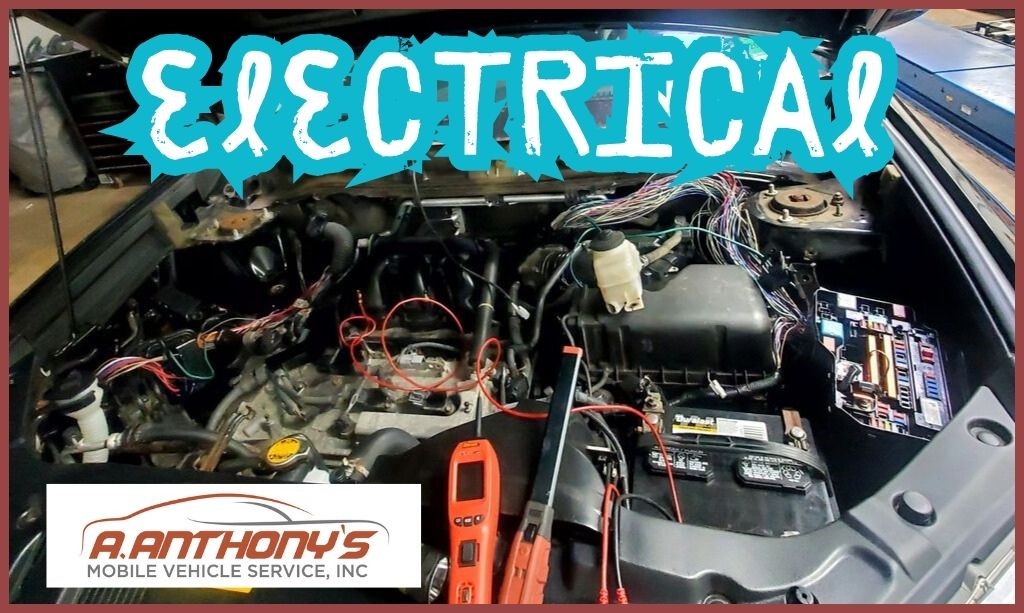
Why Won't My Car Start? Here is what you need to know! Are you asking, "Why won't my car start?" Whether you are stuck at home or on the road, here are the top reasons your car might not start and what the mechanics at A. Anthony's Mobile Vehicle Service Inc auto repair shop can do to help: Dead Battery - If your car won't crank or the lights won't turn on, your battery may need a jumpstart. Starter or Alternator Problems - Hearing clicks nub no engine turn? These could be the issue. Key or Ignition System Issues - Sometimes, it's the key fob or ignition system acting up. No Fuel - Ran out of gas? It happens! Electrical Problems - A blown fuse or wiring issue could stop your car in its tracks. When you need help fast, the mechanics at A. Anthony's Mobile Vehicle Service, Inc offer quick diagnostics and expert repairs to get you moving again. Don't ignore warning signs like dim lights or strange noises. They could be early warning signs of a big ... read more
Posted on 6/3/2024
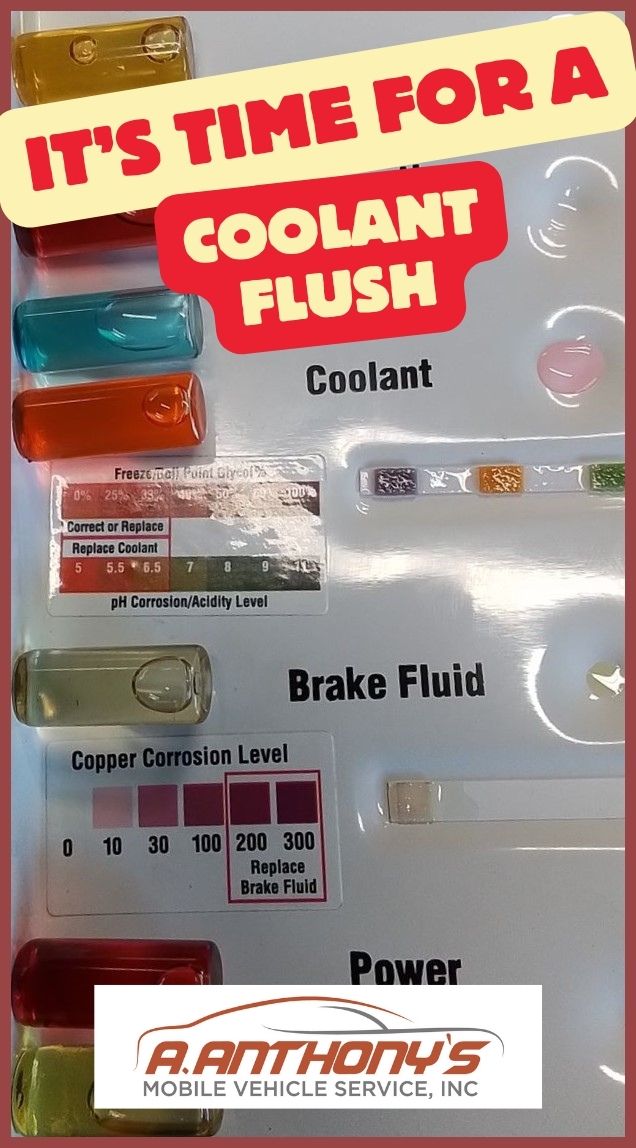
Why You Should Flush Your Car Coolant System Flushing your car's coolant system is crucial for engine health. Over time, coolant gets contaminated and loses effectiveness. This can lead to overheating and engine damage. A coolant flush removes old fluid and replaces it with fresh coolant. This ensures optimal performance and corrosion protection. Signs your car needs a coolant flush include engine overheating, rusty or discolored coolant, and a sweet smell from the engine. For a smooth-running engine, schedule a coolant system flush with the mechanics at A. Anthony's Mobile Vehicle Service Inc today. Click here to make your reservation!
Posted on 3/6/2024
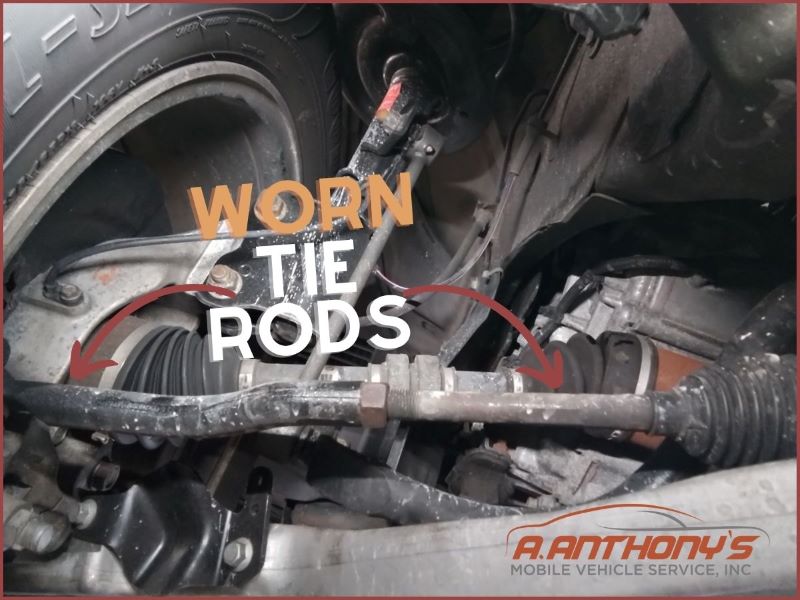
How Long Does A Wheel Alignment Take? The time it takes to perform a car alignment varies. The type of car you have, the type of alignment you need, and the service provider's efficiency all play a key role. Typically, a wheel alignment takes an hour. There are cases where additional adjustments or repairs may be necessary. The wheel alignment on your car is crucial for performance, safety, and tire life. Having our mechanics check your alignment has many benefits. A properly aligned car can improve fuel efficiency and your overall driving experience. Uneven tire wear, pulling to one side, or an off-center steering wheel are signs of a misaligned car. During a wheel alignment, our mechanics look at three main angles that get adjusted. Our mechanics share the pre and post-alignment measurements. Having your car aligned at least once a year is a great idea. Let our mechanics help save you time and money. Make your reservation today ... read more
Posted on 2/27/2024
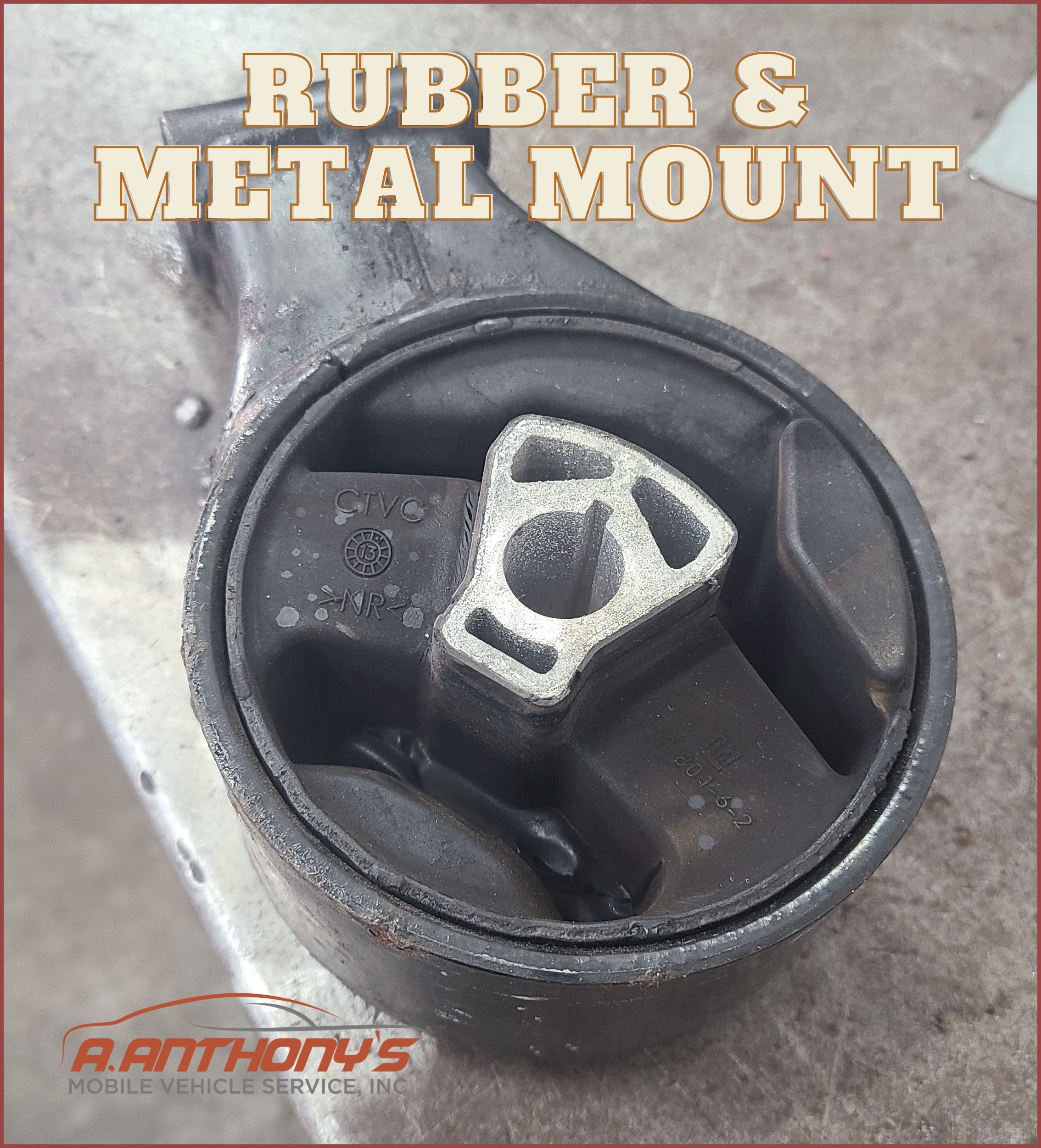
What Are Motor Mounts? Motor Mounts are brackets that anchor the engine and transmission to your car's frame. Motor mounts reduce noise, absorb vibration, and prevent excessive movement. Over time, the rubber in the motor mount can tear. Increased shaking and rattling in your ride is an indicator that you could have a torn motor mount. A torn motor mount can also throw your engine out of alignment. This causes issues with the drivetrain and connected components. Without proper support, torn motor mounts allow the engine to move more than it should. Excessive movement risks damage to surrounding parts and overall vehicle stability. Our mechanics can provide regular checks to spot visible signs of wear. Visual inspections can spot cracks, leaks, and sagging. If you notice increased vibrations or noises, our mechanics can help. A comprehensive inspection can pinpoint torn mounts and assess your car's overall well-being. Once torn motor mounts are identified, prompt replacement is ... read more
Posted on 2/15/2024
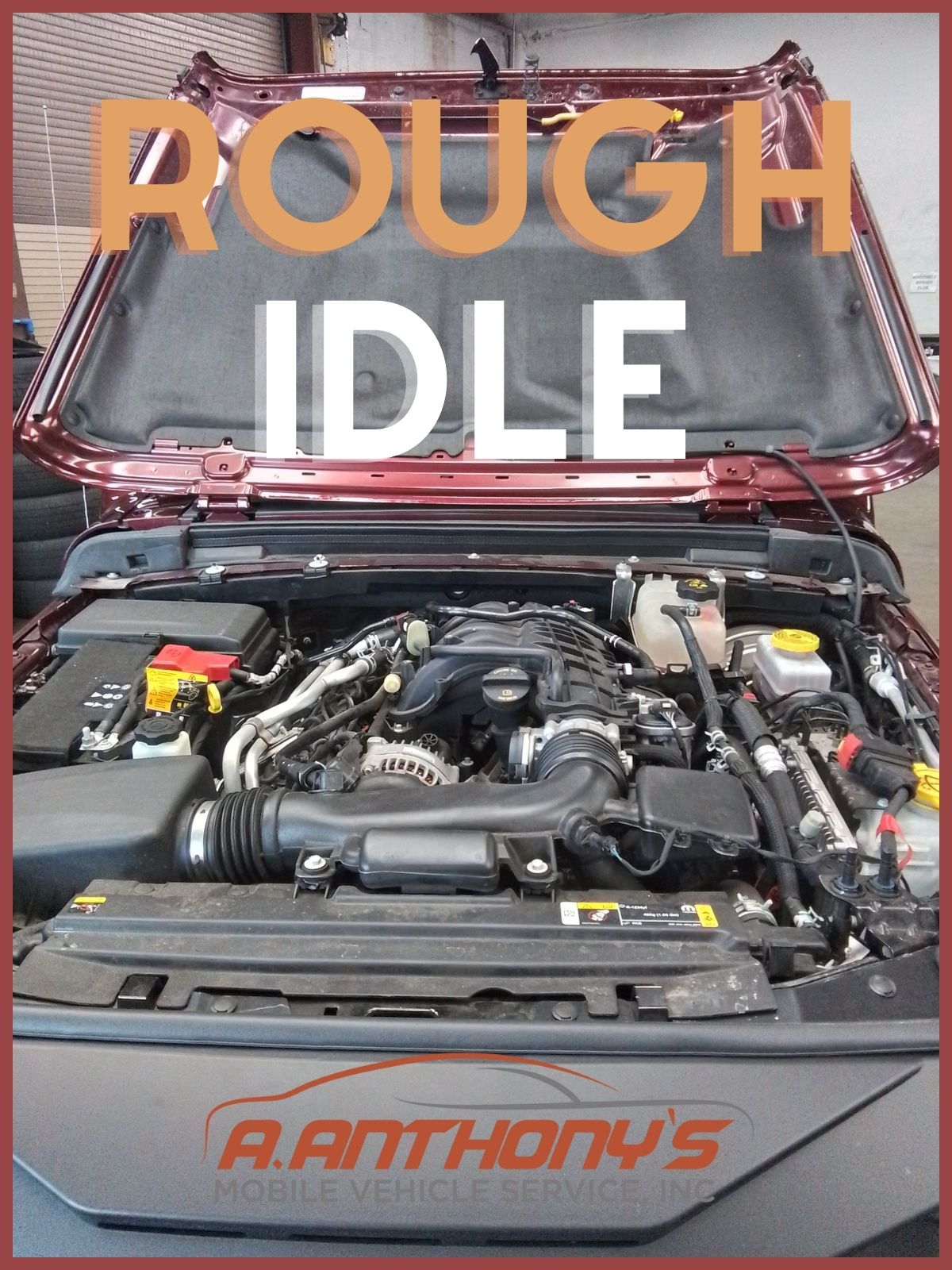
What Is A Rough Idle? Does your car have a rough idle? Let the mechanics at A. Anthony’s Mobile Vehicle Service Inc find out why your engine shakes. Car idle is when your engine runs, but your vehicle stays put. The RPM is low, and you are not pressing the gas pedal. There are a few common causes for a rough idle. If your car engine has a vacuum leak, it disrupts the air-fuel mixture. Your car could have sensor issues. Faulty Mass Air Flow Sensors or Oxygen Sensors impact engine performance too. Sometimes a rough idle comes from a misfire. Faulty spark plugs or ignition coils affect combustion. Excessive carbon and soot, or build-up, in the throttle body disrupts function. Clogged fuel injectors and air filters also disrupt fuel and airflow. Fuel, air, and ignition issues lead to engine misfire. A rough idle is a sign of engine misfire. Our mechanics can help you stay on top of your scheduled maintenance. Services like throttle body cleaning, fuel injector cleaning, and tune-ups ... read more